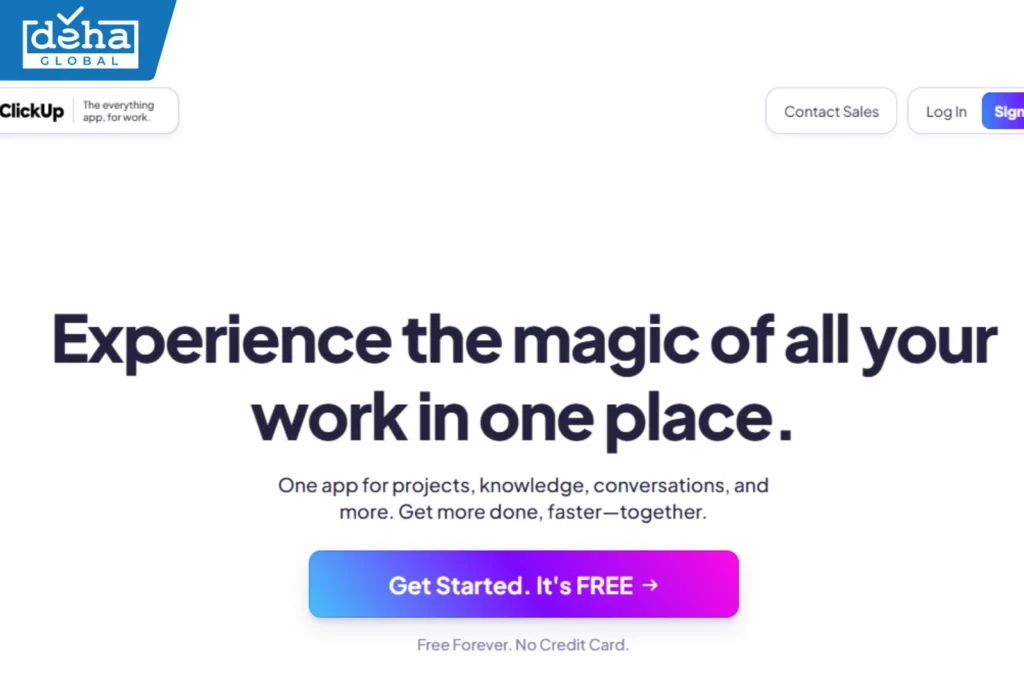Table of contents

When you’re building an AI MVP (Minimum Viable Product), it’s crucial to know if you’re on the right track. That’s where KPIs (Key Performance Indicators) come into play. They help you measure the success of your project, ensuring that your efforts align with your business goals.
In this article, we’ll explore the essential KPIs you should monitor to assess the effectiveness of your AI MVP. If you’re interested in making data-driven decisions for your AI projects, keep reading.
KPIs, or Key Performance Indicators, are measurable values that help you assess the performance and progress of your AI MVP. They provide a clear picture of how well your project is meeting its goals, allowing you to make informed decisions.
For instance, if your AI MVP aims to enhance customer service through a chatbot, relevant KPIs might include response time, user satisfaction scores, and the number of queries handled without human intervention. These metrics help you understand the effectiveness of your AI solution in real-world scenarios.
By focusing on specific KPIs, you can identify areas of success and those needing improvement, ensuring your AI MVP evolves in the right direction.
Implementing KPIs in your AI MVP project offers several advantages:

For example, if your AI MVP is designed to predict customer churn, tracking the accuracy of predictions and the subsequent retention rates can demonstrate the value of your solution to stakeholders.
It’s important to align your KPIs with the AI MVP objectives. Here are the key points to pay attention to about this alignment:
Ensuring that your KPIs align with your AI MVP’s objectives is essential for meaningful evaluation. This alignment ensures that you’re measuring what truly matters to your project’s success.
Start by clearly defining your AI MVP’s goals. Are you aiming to improve user engagement, reduce operational costs, or enhance decision-making processes? Once your objectives are set, identify KPIs that directly reflect these goals.
For instance, if your objective is to improve user engagement through personalized recommendations, relevant KPIs might include click-through rates, time spent on the platform, and repeat visits. These metrics will provide insights into how well your AI MVP is achieving its intended purpose.
By aligning your KPIs with your project’s objectives, you ensure that your measurements are relevant and actionable, guiding your AI MVP towards success.
When building an AI MVP, it’s crucial to track specific Key Performance Indicators (KPIs) to assess its effectiveness and guide future development. These metrics provide insights into user behavior, financial performance, and the AI model’s accuracy. By monitoring these KPIs, businesses can make informed decisions to enhance their AI MVPs.
User engagement metrics reveal how users interact with your AI MVP. Key indicators include:
Monitoring these metrics helps understand user behavior and refine the MVP accordingly.
Retention and churn rates indicate user loyalty and satisfaction.
Analyzing such rates helps identify areas for improvement to enhance user satisfaction.
Conversion metrics assess how effectively your MVP turns users into customers.
These metrics help evaluate the MVP’s commercial viability and marketing effectiveness.
Financial KPIs provide insight into the MVP’s economic impact.
These indicators help assess the MVP’s financial health and guide budgeting decisions.
Evaluating the AI component’s effectiveness is vital.
The above metrics ensure the AI component functions effectively and meets user expectations.
User feedback provides qualitative insights into the MVP’s performance.
Collecting and analyzing feedback helps identify strengths and areas needing improvement, guiding future development.
By systematically tracking these KPIs, businesses can effectively measure their AI MVP’s performance, make informed decisions, and enhance the product to better meet user needs and achieve business goals.
When you’re building an AI MVP, keeping tabs on how it’s performing is crucial. But with so many tools out there, it can be overwhelming to choose the right ones. Let’s break down some of the top tools that can help you track your KPIs effectively.
Google Analytics is a staple for tracking user behavior on your website or app. It provides insights into metrics like user demographics, session duration, and conversion rates. By setting up custom goals, you can monitor specific actions users take, helping you understand how they’re interacting with your MVP.
Mixpanel focuses on user engagement and product analytics. It allows you to track events, create user funnels, and analyze retention rates. This is particularly useful for understanding which features are most popular and how users navigate through your product.
Hotjar offers heatmaps, session recordings, and user feedback tools. These features help you visualize how users interact with your MVP, identifying areas where they might be getting stuck or dropping off. Gathering this qualitative data complements the quantitative metrics from other tools.
QuikMVP is designed for quickly building and testing MVPs. It allows you to create landing pages, run A/B tests, and gather user feedback. This tool is great for validating your product idea and tracking early-stage KPIs like sign-up rates and user interest.
ClickUp is a project management tool that also offers KPI tracking features. You can set goals, track progress, and integrate with other tools to centralize your data. This helps keep your team aligned and focused on the key metrics that matter for your AI MVP.

Choosing the right tools depends on your specific needs and the stage of your MVP. By leveraging these platforms, you can gain valuable insights into your product’s performance and make data-driven decisions to enhance its success.
In summary, tracking the right KPIs is vital for evaluating the performance of your AI MVP. These metrics provide insights into user engagement, financial returns, and the overall impact of your AI solution. By focusing on these indicators, you can make informed decisions, iterate effectively, and increase the chances of your AI MVP’s success. Remember, what gets measured gets managed.